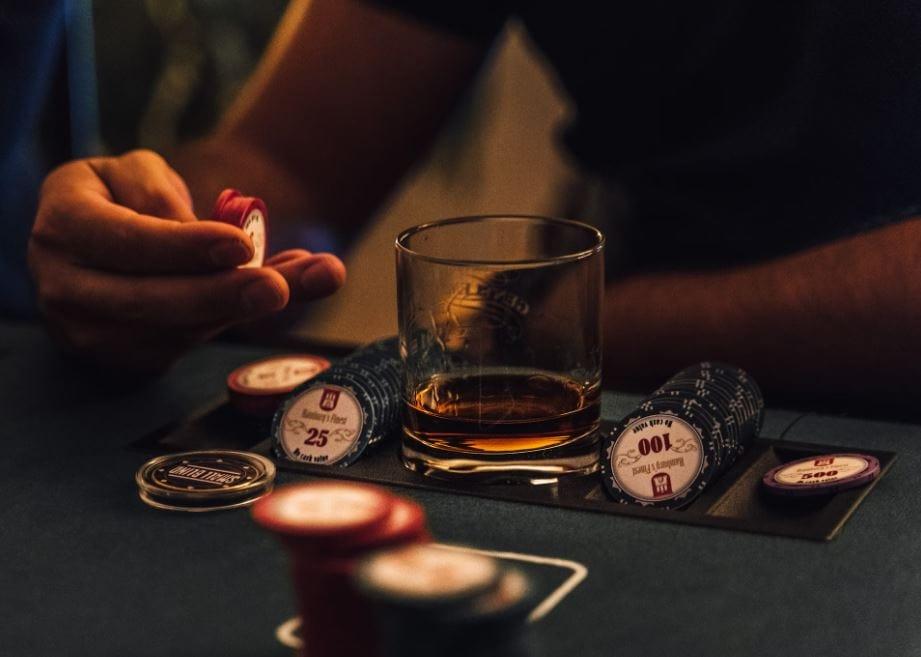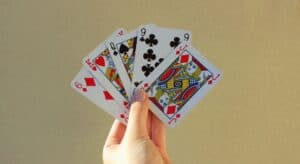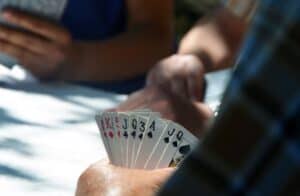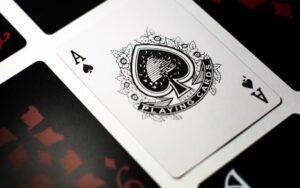
Cracking the Code: Understanding the Significance of the Flop
The Flop, a pivotal stage in a game of poker, arrives with the unveiling of the first three community cards dealt face-up on the table. It marks a crucial turning point in the hand, as players gain insight into the potential strength of their hands and begin to formulate their strategies accordingly.
With the flop laid bare before them, players are presented with a clearer picture of the possibilities that lie ahead. This newfound knowledge can be a double-edged sword, offering both opportunities for advancement and pitfalls to be avoided.
For some players, the flop brings a surge of optimism as they find their hand greatly improved by the community cards. Whether it’s making a strong pair, a flush draw, or a straight draw, the flop can elevate a mediocre hand to one with considerable potential. It’s a moment of excitement as players contemplate the possibilities and consider their next move.
Conversely, the flop can also serve as a wake-up call for those whose hands fail to materialize as hoped. As the community cards are revealed, some players may find themselves facing disappointment as their once-promising holdings are dashed against the rocks of reality. It’s a sobering reminder of the unpredictable nature of the game and the need for adaptability in the face of adversity.
Yet, it is precisely this element of uncertainty that makes the flop such a captivating stage in the game of poker. With the potential for dramatic swings in fortune, every flop is a blank canvas upon which players must paint their strategies and navigate the treacherous waters of bluff and counterbluff.
Indeed, the significance of the flop cannot be overstated, as it sets the stage for the remainder of the hand and shapes the dynamics of play. For some players, a favourable flop can be a license to unleash a barrage of aggressive betting, seeking to capitalize on their newfound strength and exploit the weaknesses of their opponents.
For others, the flop serves as an opportunity to employ more subtle tactics, such as trapping strategies designed to lure unsuspecting opponents into making costly mistakes. By disguising the strength of their hand and playing coy in the face of aggression, these players aim to extract maximum value from their holdings while minimizing risk.
In the end, the flop is a crucible of skill and strategy, where players must draw upon their wits and intuition to navigate the complexities of the game. Whether it brings triumph or tribulation, the flop stands as a testament to the enduring allure of poker, where every card has the power to change the course of history.

Stock Market Live: New Live Game Review by Evolution Gaming
Stock Market Live: Game Review for New Game by Evolution Gaming Experience the thrill of the stock market in real-time with the new live dealer stock trading game Stock Market Live by Evolution Gaming. A live csino game available at Bally Casino in the UK. This innovative game brings the excitement of trading to your fingertips, offering players

Gold Collector Hyper Hold™: Game Review All41 Studios and Microgaming
Gold Collector Hyper Hold™: Game Review All41 Studios and Microgaming “Gold Collector Hyper Hold™” is a thrilling new slot game developed by Microgaming in collaboration with All41 Studios. Set in a world of treasure and adventure, this game invites players to embark on a quest for gold with its exciting features and immersive gameplay. Game

Links of Ra 2: Pyramids of Fortune | Unveiling the Ultra Link & Win
Links of Ra 2: Pyramids of Fortune | Unveiling the Ultra Link & Win “Links of Ra II: Ultra Link & Win” takes players back into the mysterious world of ancient pyramids, offering an exhilarating gaming experience filled with excitement and opportunities to win big. With a bet range from 20p to £5.00 and 40

Embark on a Thrilling Adventure with Wolf Blaze WowPot Megaways
Embark on a Thrilling Adventure with Wolf Blaze WowPot Megaways Step into the wilderness of the Mid West and prepare for an exhilarating journey where fortunes await in the warm shadows of the mountains. Wolf Blaze WowPot Megaways is a classic wolf-themed game that promises an exciting player experience, featuring popular features and the massive win potential

The Level Playing Field: Exploring Suit Equality in Poker
The Level Playing Field: Exploring Suit Equality in Poker In the world of poker, where every card counts and every decision matters, understanding the hierarchy of suits is essential. Unlike some other card games like contract bridge or ninety-nine, where the suit of a card can significantly impact gameplay, poker operates under a different principle:

Navigating the Poker Table: Understanding Positions
Navigating the Poker Table: Understanding Positions In the dynamic world of poker, where every hand presents a new challenge, your position at the table plays a crucial role in shaping your strategy. While you may occupy the same physical seat throughout the game, your relative position in terms of order of play changes with each

Weak Aces: Navigating the Minefield at the Poker Table
Weak Aces: Navigating the Minefield at the Poker Table In the game of poker, few hands are as simultaneously enticing and treacherous as a weak ace. From the moment it lands in your hand, a sense of potential victory tingles in the air, only to be tempered by the lurking threat of disaster. Weak aces,

Turning the Tables: Mastering the Poker Turn Card
Turning the Tables: Mastering the Poker Turn Card The Turn, a pivotal juncture in the game of poker, unfolds with the unveiling of the fourth community card. This critical moment injects a surge of anticipation and uncertainty into the proceedings, as players eagerly await the revelation of this potentially game-changing card. With the turn card
Frequently Asked Questions The Flop: (FAQs)
1. What is the flop in poker?
The flop is the stage in a game of poker where the first three community cards are dealt face-up on the table, following the initial round of betting.
2. When is the flop dealt?
The flop is dealt after the completion of the first round of betting, known as the pre-flop action, in games like Texas Hold’em and Omaha.
3. What is the significance of the flop?
The flop provides players with additional information about the potential strength of their hands and shapes the remainder of the hand by influencing betting decisions and strategies.
4. What are common outcomes of the flop?
Common outcomes of the flop include players making strong pairs, flush draws, straight draws, or even completing full houses or straights, depending on the community cards and their hole cards.
5. How does the flop impact betting strategies?
The flop often leads to changes in betting strategies, with players adjusting their betting sizes, frequencies, and aggressiveness based on the strength of their hand relative to the community cards and their opponents’ likely holdings.
6. Can players bluff on the flop?
Yes, players can bluff on the flop by betting or raising with weaker holdings to represent strength and pressure opponents into folding better hands. Bluffing on the flop requires a good understanding of opponents’ tendencies and the ability to tell a convincing story with one’s betting actions.
7. What should players consider when evaluating the flop?
When evaluating the flop, players should consider their own hand strength, potential drawing opportunities, the texture of the flop (such as its connectedness or the presence of potential flush or straight draws), and the likely range of their opponents’ hands based on their actions pre-flop.
8. How does the flop impact the dynamics of the hand?
The flop can dramatically alter the dynamics of the hand by shifting the balance of power among players, creating opportunities for aggression or deception, and influencing decisions about whether to continue in the hand or fold.
9. What if a player misses the flop?
If a player misses the flop and fails to improve their hand, they may choose to fold, check and see the turn card for free, or attempt to bluff their way to victory by representing a strong hand through aggressive betting.
10. What strategies can players employ to maximize success on the flop?
To maximize success on the flop, players should carefully analyse the texture of the flop, consider their opponents’ likely holdings and tendencies, vary their betting sizes and frequencies to keep opponents off-balance, and adapt their strategies based on the specific dynamics of the hand and table.





